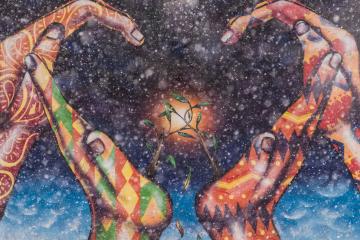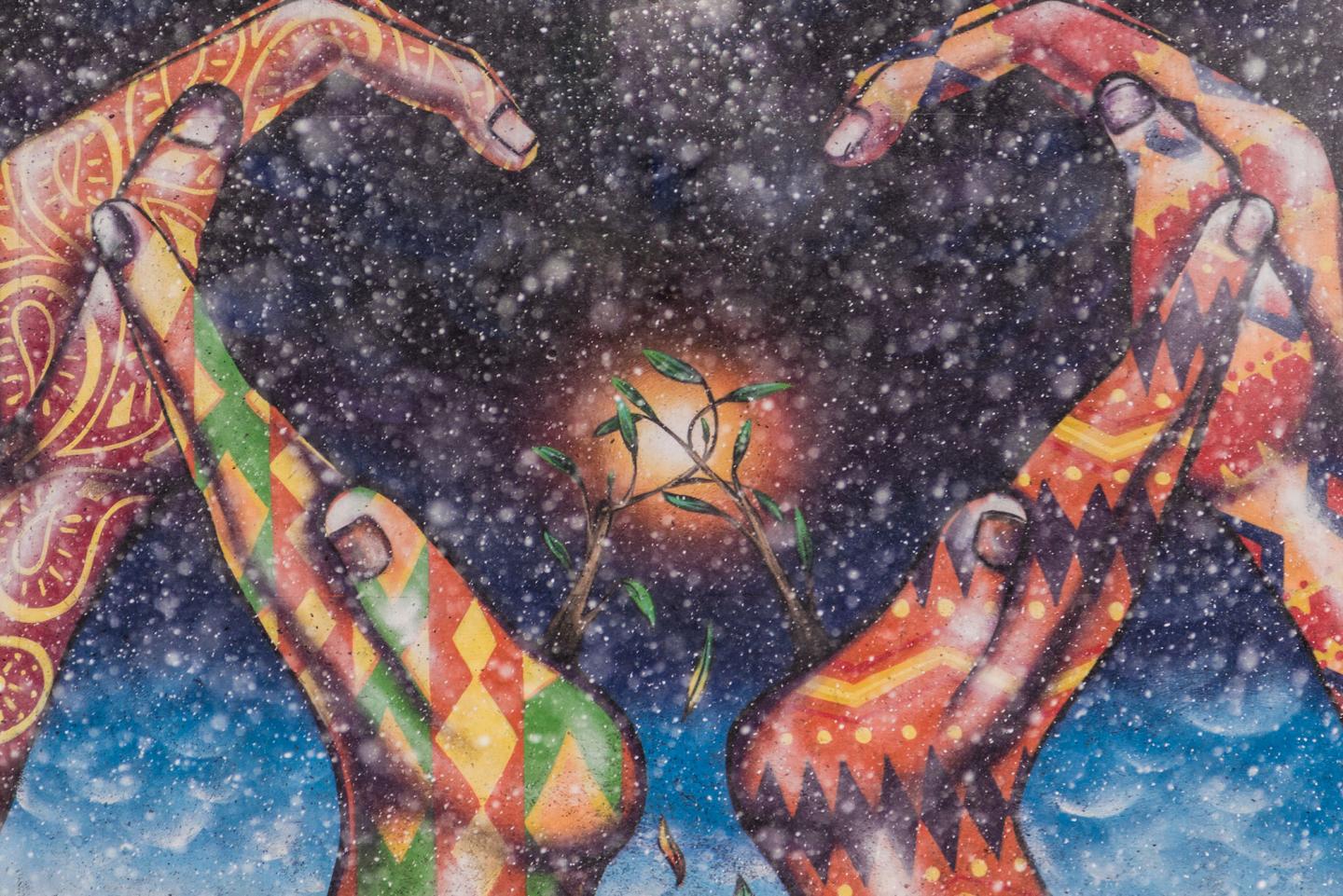
Amélie Boutinot, associate professor at EMSBS, co-leads the new research cluster MAESTRO with Sophie Michel, Richard Huaman-Ramirez et Mathilde Jost. She sat down with us to answer our questions about the creation process and upcoming projects.
Can you introduce the cluster and its members?
The Management in the Arts, Environment, and Society: creaTivity for Real Outcomes (MAESTRO) cluster aims to explore the driving force of creative industries in addressing sustainability issues.
The eight members of this cluster are research lecturers, as well as a PhD student, from the two research centers, HuManiS et LaRGE. As we share common interests in our research areas, this project came about quite naturally.
It was initiated by:
- Amélie Boutinot (HuManiS) - Strategy
- Richard Huaman-Ramirez (HuManiS) - Marketing
- Mathilde Jost (HuManiS) - Strategy
- Sophie Michel (HuManiS) - Human Resources / Organizational Theory
Afterward, other members joined us in this adventure:
- Marie Blum (LaRGE) - Economie
- Hélène Langinier (HuManiS) - Human Resources / Organizational Theory
- Marie Lemaire (HuManiS) - Human Resources / Organizational Theory
- Odile Paulus (LaRGE) - Strategy
By considering the expertise, desires, and interests of each member, as well as the projects already underway, we were able to refine and clearly define our main themes.
What are the main research themes of the cluster?
The central research question of this cluster explores how creative industries, through their highly innovative, artistic, and symbolic activities, can ease the transition to sustainable systems and changes.
The cluster is organized around three pillars:
- Pillar A: Creativity in support of a sustainable transition
- Pillar B: Social justice in creative industries, with a focus on the artists / producers of these industries
- Pillar C: Accessibility and dissemination in creative industries, with a focus on the audiences of these industries
Pillar A brings together various projects, especially those addressing issues of creativity and sustainability in relation to the food transition and the dynamics of creativity within creative industries, which can serve the development of creative and sustainable identities at several levels (individual, collective, and territorial).
Pillar B will focus on artists and creators from a sustainable development and sustainability angle, with the aim of understanding not only the challenges of social justice and social inclusion in order to tackle instability but also the issues of diversity and interculturality in artistic production.
Pillar C will focus more on the audience of creative industries and will address the issues of accessibility and dissemination of art and culture to a variety of audiences, in the real or virtual world.
How will the team organize itself around these three pillars?
Each pillar is divided into several research projects. Projects already begun were selected in order to capitalize on work that seemed relevant to pursue within the cluster, but we also initiated internal collaborations on new topics under development.
Then, members selected their projects, either based on topics involving the study of a specific industry in which they already have expertise or projects requiring a specific methodology that they master.
For each project, a coordinator has been appointed to independently oversee progress. However, Sophie, Richard, Mathilde, and myself will still be there for support. In addition to the meetings planned by each group, we will set up regular meetings with all the members in order to present progress, to help in case of obstacles, and to exchange best practices.
What are the issues and motivations behind this project?
The creation of this cluster is a real opportunity to unite a team, in a lasting way, around creative industries and sustainable development. This project was driven by a common desire to transform individual projects into collaborations within a group with complementary expertise.
We also share the desire to generate more visibility on these themes within EMSBS and anchor the expertise of our working group in the national and international scientific community.
Regarding our objectives, we have chosen to align them with Sustainable Development Goal (SDG) #12, which is responsible consumption and production. It involves separating economic growth from environmental degradation by increasing resource efficiency and promoting sustainable lifestyles.
What are the cluster's medium- and long-term objectives?
The cluster’s various projects are mainly developed for academic communications and publications. We have already selected several national and international conferences as well as academic journals in line with our research themes. We plan to start submitting projects next year.
In addition, we would like to organize one or two research workshops at EMSBS and at least one public event. It is important for us not only to do academic work but also to promote our work on a larger scale, notably through popular articles in media such as The Conversation, Le Monde, Les Echos, etc.
We see this cluster as a first step to leading, in the years to come, projects around creative industries combined with sustainability issues. An IDEX application, and perhaps eventually an ANR project application, will be considered.
Thank you for taking the time to answer our questions!
